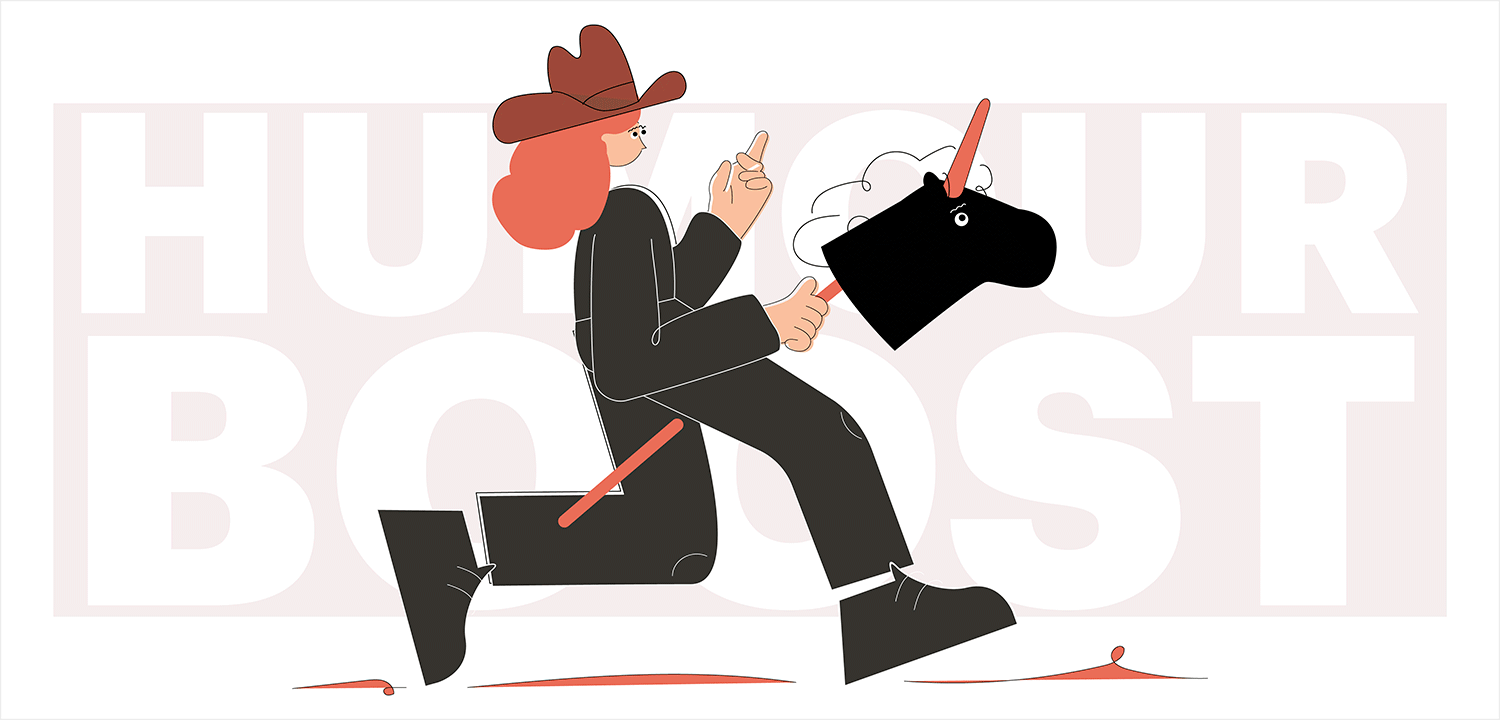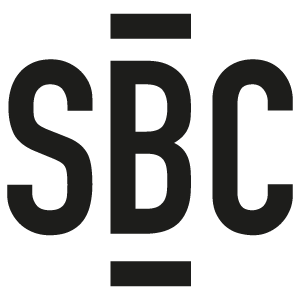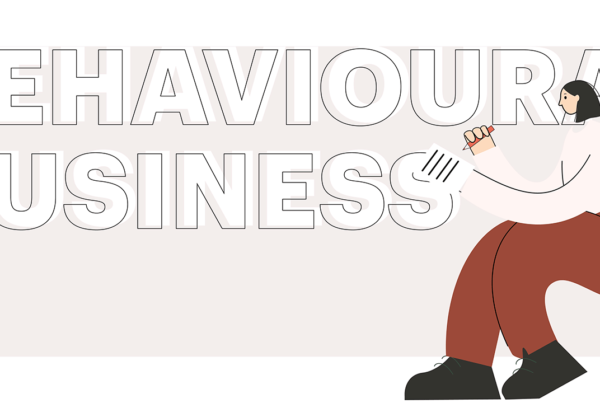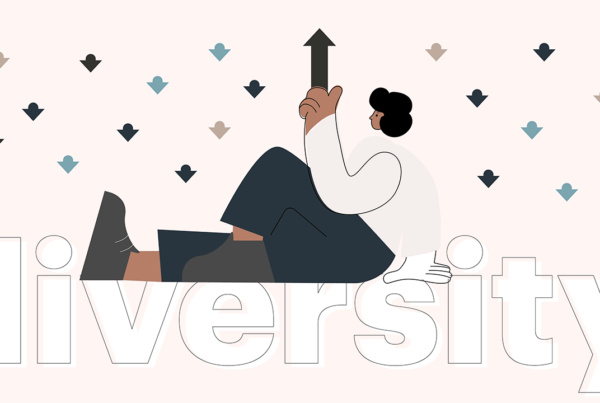In a job market where employees hold the advantage, humour can help create a standout employer brand. We shine the spotlight on five brands that saw the funny side when it came to driving new applicants through the door.
Q: What’s so funny about employer brand marketing?
A: Not a lot, it turns out.
And that’s a shame. Because we all know using humour in marketing can help tell a brand’s story in a way that forms a genuine emotional connection with the audience. Humour gives the brand personality, grabs attention, and, above all, increases the likelihood of people sharing content.
Nonetheless, examples of hilarious employer brand marketing are hard to come by. A reluctance to tell a funny story is down to a number of factors: a serious tone is often seen to convey worthiness. Funny equates to silliness. Secondly, some marketers want to avoid making a joke that only appeals to a minority (or even worse, one that the majority finds in poor taste). Finally, there’s often the concern that lending a humorous touch distracts from or cheapens the idea being sold.
So we get why employers feel funny about being funny in employer brand content. But we also know that those who take a risk with their communications can win big. After all, what could be more appealing than an employer with a GSOH? It’s what we’re all looking for in every other aspect of our lives, right?
Here are 5 brands using viral marketing and humour to elevate their campaigns:

Norwegian software company Kantega was looking to attract software developer talent but knew that competition was fierce. They approached our Spoon colleagues in Oslo to help produce a video that would position the brand in the right way, and this is what they came up with.
The video delivered on three crucial objectives: it increased the number of job applicants, it raised awareness of Kantega as a potential workplace for software developers, and it increased awareness of the Kantega brand overall.
Results-wise, it’s a stand-out case study: the video has been viewed over 23 million times across a range of sites including the hugely popular UNILAD, and has generated 180,000 shares and 60,000 comments.
From a recruitment perspective, it led to a 3571% increase in traffic to the ‘Careers’ part of the Kantega website – plus, the video’s overwhelming success also led to soaring employee motivation (an increase of 20%, according to a recent employee survey).
So why did it work so well? First of all: sharp comedic observation. Mockumentaries are nothing new, but this one works because of Spoon’s clear understanding of the video’s subjects (three ‘breeds’ of software developer, all captured in their ‘natural’ office environment).
Secondly, Spoon is completely true to the documentary-style being sent up – and we challenge you to find a better Attenborough impersonator than Guy Harris. Gold stars all round.
The objective of employer branding is two-fold: first, to show the job opportunities on offer at your company, and second, to show what your company culture is like – why do I want to work for you? This Dropbox example is an oldie but a goodie.
Not only does it give an insight into the breadth of what Dropbox does, but it also shows you what Dropbox is like as a brand: fun, laid-back, and brimming with personality. Plus, the video features the voices of real-life Dropbox employees, which helps the audience feel like they’re hearing from real people (just in muppets’ clothing).
There’s something disarmingly likeable about someone who can laugh at themselves – and this happens to be something that Intel does brilliantly with their employer brand content.
The premise here is that Intel employees – people passionate about technology and its impact on the wider world –are bonafide rock stars within Intel. It’s about reframing what it means to be ‘cool’ and giving software developers and techies the permission to get excited about what they do.
As a brand, Intel’s take on its employees suggests a wider commitment to encouraging a culture of non-conformity and challenging the status quo in the most unapologetic way possible. The message conveyed is that Intel knows that its employees are integral to its success – and the result is that this is a community of techies that you want to be a part of, whether you’re sold on Intel’s products or not. Now that’s what we call smart employer branding.
Youthful techie type #1 has a new job. Not only that, he has a new job programming at General Electric, one of the world’s biggest conglomerates. Surely that’s something to add to the Tinder profile?
Not so fast.
Youthful techie type #2 also has a new job – at ‘Zazzies’, an app that lets you put ‘fruit hats on animals’ (yep, we’re not sure what this means either).
Despite techie type #1’s protests that his job is worthier and more interesting (“I’ll be writing code that helps machines communicate… I’m going to transform the way the world works!”), it’s Zazzies that grabs the attention of their group of friends.
This video’s a great example of a global brand not taking itself too seriously. In a world where big corporations can seem po-faced – and narratives about ‘changing the world’ just come across as hackneyed – this light-touch approach gives GE the edge.
OK, so our list includes one consumer brand example – but one so original it just had to be included. Potential employees and grads know why they need a job and perhaps even where they want to work. But what would inspire you to start thinking about working for Heineken?
How about this? A snappy Q&A with a maroon-suited, spangly-socked company ambassador intent on selling the ‘Heineken-as-a-super-cool-employer’ dream – and introducing you to the parts of the brand you’ve yet to reach – all to a light, jazz-funk soundtrack.
With current staff in supporting roles and the emphasis placed firmly on what Heineken can offer you (rather than what you can offer Heineken), this is the perfect light-hearted recruitment campaign. It’s also proof that, for the imaginative and courageous brand, the basic idea of the job interview can be the springboard for something much bigger and much bolder.




